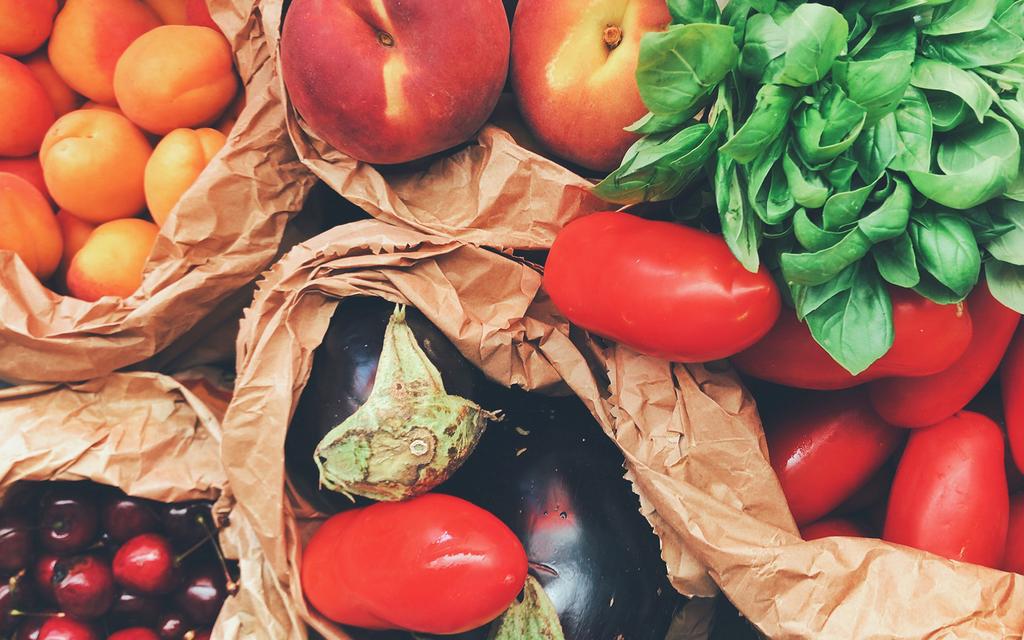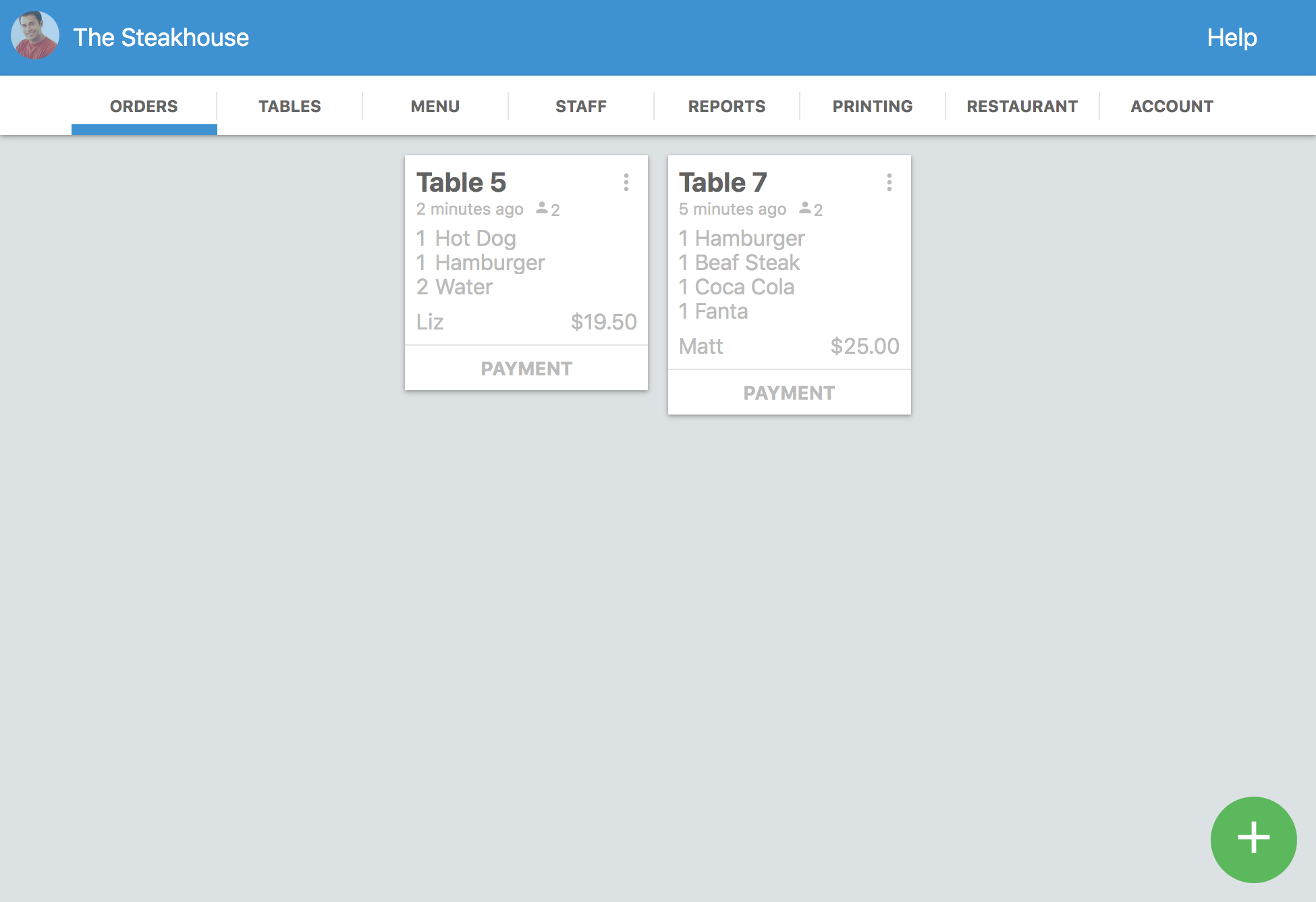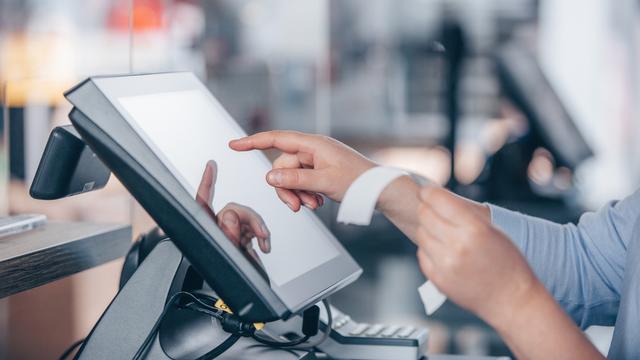Getting the Most out of Your Restaurant Inventory
Managing your restaurant’s inventory cleverly can save money, increase profits and establish your restaurant as a sustainable, environmentally responsible business. Most restaurants operate on thin margins, and the cost of food is usually the single biggest ongoing expense. You can manage inventory more effectively by using menu engineering to sell more products with expensive ingredients, manage waste and turn aging food into food, samples and charitable donations.
One recent study found that about 50% of all U.S. produce ends up as waste. About 16% of restaurant foods become waste, and 75% of employees steal about 7% of revenue. That’s why more and more organizations encourage restaurants to target zero waste. You can manage your inventory more effectively, transform leftover prepped food into new dishes, compost unavoidable waste and donate expired foods to local soup kitchens and charities.
Managing Inventory Responsibly
There are many ways to get more out of your inventory. The first step is to order supplies intelligently. That means not over-ordering or under-ordering. Too much inventory can result in spoilage, theft and serving portions that are too large. A lean inventory encourages your staff to manage their resources wisely. Most restaurateurs have access to local big-box stores and farmer’s markets where they can get supplies and produce to cover any shortage of inventory on a regular basis. However, under-ordering can also cause your restaurant to run out of food and disappoint customers, so a sensible balance should be maintained.
Portion Control
Portion control is important for both kitchens and bars. For example, serving seven or eight ounces of wine instead of six can result in customers getting more intoxicated than expected as well as costing you more money. Bar and kitchen mismanagement can cost hundreds of dollars in a single evening.
Theft
There are multiple kinds of restaurant theft. Some owners turn a blind eye to employees eating food, but eating beyond what’s allowed can cost lots of money. Some employees take their meals home, and many will load up on food and expensive ingredients if their carryouts aren't supervised. Some servers will “forget” extra items that customers order to receive larger tips. That’s why it’s wise to require every food order - including employee meals - to be entered into the restaurant’s POS system. This protects your business from staff forgetfulness, excess employee consumption and deliberate theft.
First In, First Out, or FIFO
It’s important to rotate all your stock including paper goods, but these don’t need to be rotated as often or aggressively. Most restaurants rotate paper once a month. Highly perishable goods need to be rotated after receiving each food order. Freezer materials and canned goods should also be rotated after each delivery.
Reducing Waste and Theft
Reducing waste and theft is critical. The following practices can help to identify and control theft and waste:
- Prevent kitchen mistakes by using a reliable POS system.
- Spot-check inventory of key ingredients each day.
- Checks deliveries for bad produce when each order is received.
- Be aware of cross-contamination risks, and take steps to prevent contamination.
- Lock up your inventory of valuable foods and alcohol.
- Limit inventory.
- Turn old inventory into cash with daily specials, samples and suggestive selling.
- Recycle old foods into exciting new dishes.
- Review POS reports regularly to identify any problem areas.

Recycling menu items is often overlooked, but leftover chicken can easily be turned into pot pies, stew, fricassee, chicken salad and other edibles. If your records show that one cook is using too many valuable ingredients because of cooking mistakes or serving portions that are too large, you should take corrective action. If the cook continues to cost you too much money, you might have to replace him or her.
Turning Food Waste into Edible and Profitable Meals
France recently passed a law that makes it illegal for supermarkets to throw away edible food. This food must be given to charities or used as animal feed, or companies could face fines or jail time. Tesco of the U.K. recently launched a pilot program to distribute 30,000 pounds of perishable food to charity. These kinds of initiatives are growing more common as people become increasingly fed up with food waste.
Creative celebrity chefs now experiment with ways to use food scraps and leftover food from hot tables to create new dishes. Food waste can actually generate big profits when chefs repurpose food. Delicious soups, stocks, gravies and sauces can be made from safe but ugly vegetables and leftovers. Ugly fruits and vegetables can be juiced for healthful beverages and bases for creative sauces. Apples with brown spots and imperfections can make perfect pies, and overly ripe bananas make great banana bread and homemade ice cream. These are just a few of the examples of how chefs are turning food waste into profit.
Composting Waste
There will always be some waste because you can't recycle some food such as leftovers on a customer’s plate. However, you can compost this waste or collect it for animal feed. Restaurants can fertilize their own herb and produce gardens and get the marketing benefits or promoting farm-to-table sourcing while using food that’s unsafe to serve customers but great for crops. Food safety should always be your top concern; if in doubt, compost it.
Setting Up Your Inventory Process
It’s important to schedule inventory during slow times at the restaurant. The best method is to take inventory on the last day before the order is scheduled to be delivered. There’s less to count. Inventory takers will appreciate this simple practice. Most restaurants schedule inventory between lunch and dinner service, but you can also take inventory in the morning - especially if you’re picking up items at a supermarket, box store, farm or local farmers market.
It helps if you assign inventory-related tasks to various team members. These tasks might include organizing storerooms, counting inventory, checking in orders and monitoring prices. Keeping on top of inventory, waste, price increases, popular menu items and theft can make your restaurant more profitable and more appealing to today’s socially conscious consumers.





